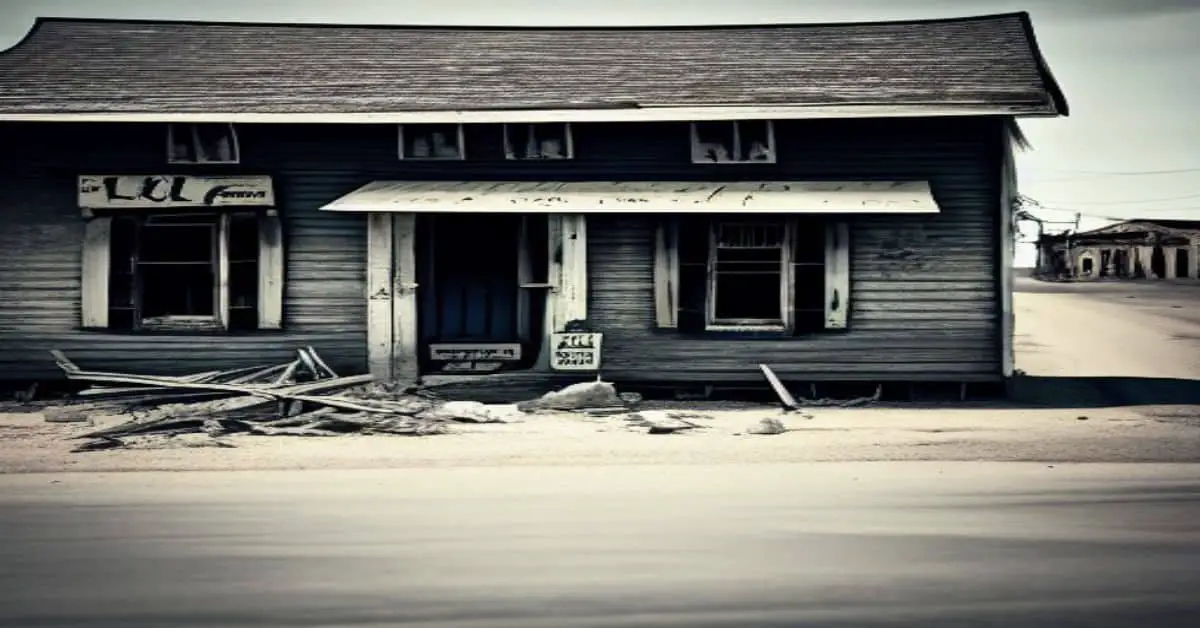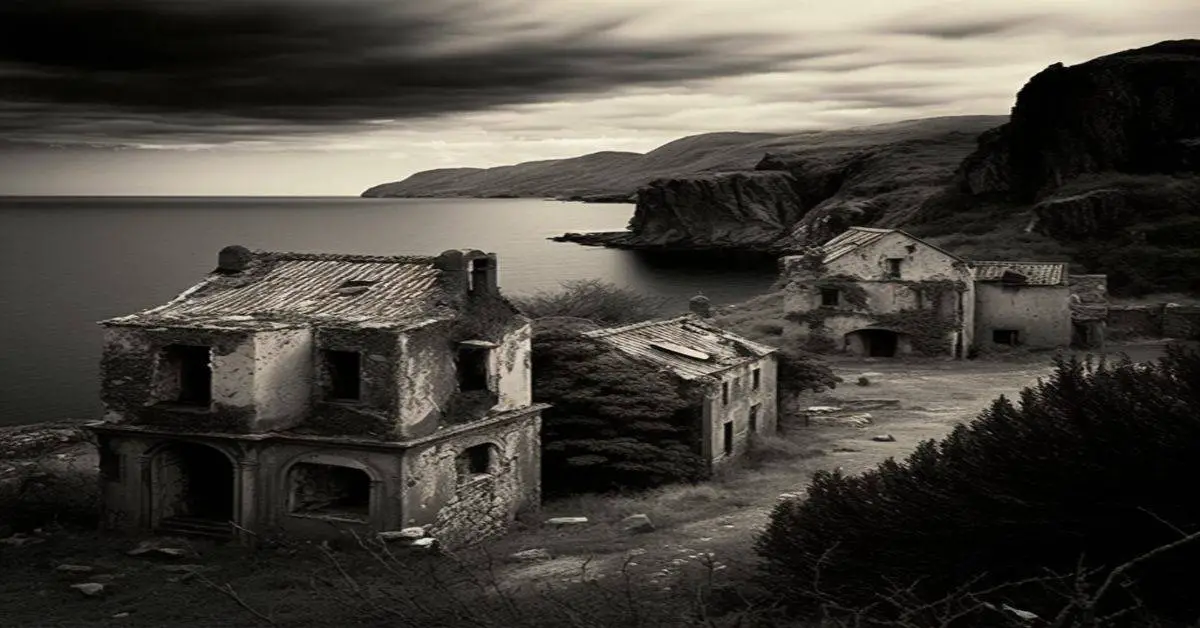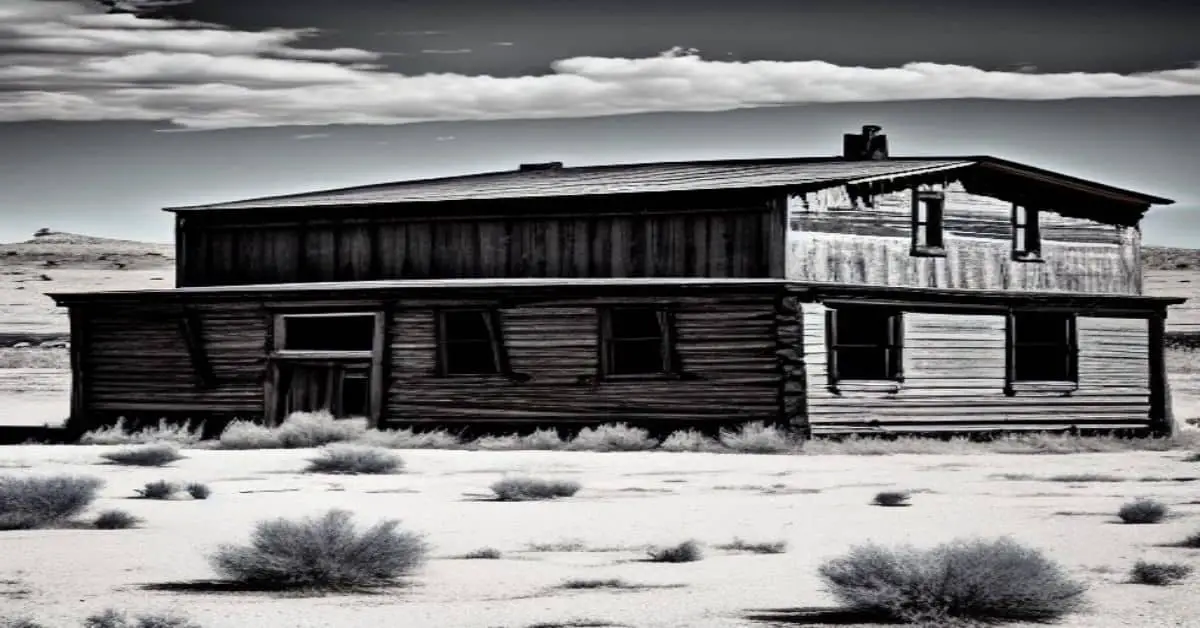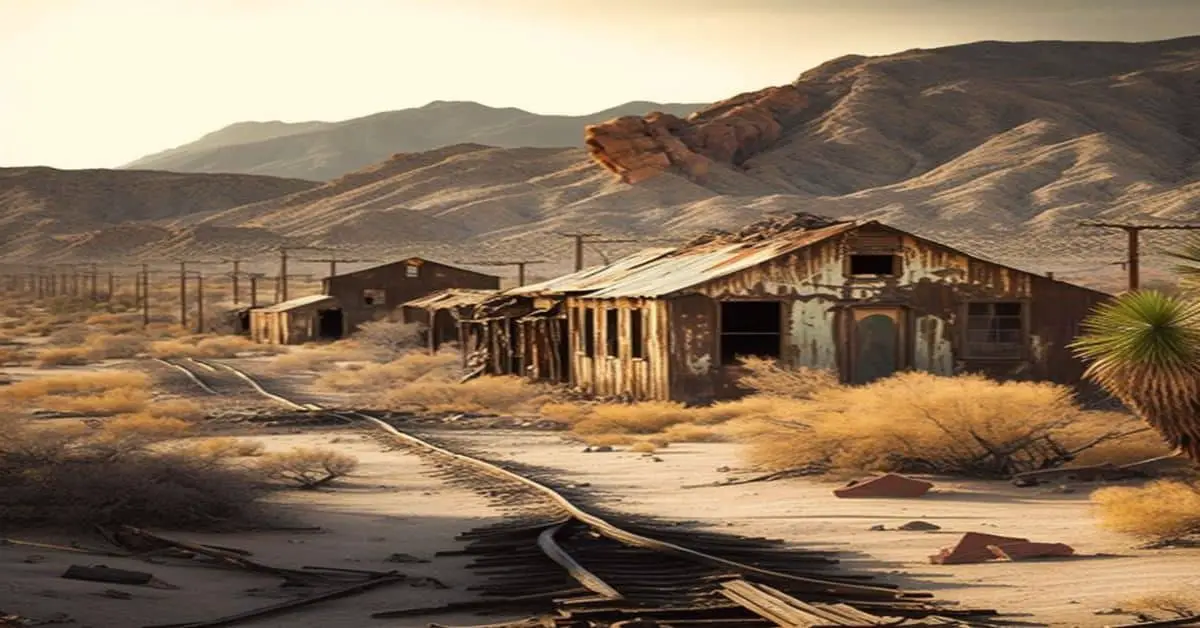Camp McDowell, located in the Fort McDowell Indian Reservation, is a fascinating historical site that offers a glimpse into Arizona’s Wild West past. Established in 1865 by the United States Cavalry, the camp was built to control the Yavapai and Apache Indians.
Today, the ruins of the adobe fortifications remain as eerie reminders of a bygone era and provide visitors with a unique opportunity to explore the haunting remains of Camp McDowell. The history and purpose of Camp McDowell is a testament to the turbulent times of the Old West. The fortifications were built to maintain control over the Native American population, and the site saw its fair share of conflict and violence.
The ruins stand as a testament to the struggles and hardships faced by the indigenous population and the American military during this period. Located just two miles from the Beeline Highway near Fountain Hills, the site is easily accessible to visitors interested in exploring this important piece of Arizona’s past.
History and Purpose
The establishment of Camp McDowell in 1865 was intended to control Yavapai and Apache Indians, and was established by the United States Cavalry. Located just 2 miles away from the Beeline Highway, the camp was built on the Fort McDowell Indian Reservation and was made up of adobe ruins.
The military strategy behind the establishment was to maintain control over the indigenous people, who were seen as a threat to the area’s settlers. Camp McDowell operated for 25 years, until its closure in 1890.
Today, it stands as an Arizona ghost town, with only the ruins of the adobe fort remaining as a testament to its history. The cultural impact of the camp’s establishment and closure is still felt by the indigenous people of the area, who were forcibly removed from their lands and placed on reservations.
The closure of Camp McDowell marked the end of a chapter in the region’s history, and its haunting ruins remind of the complex and often troubled relationship between the settlers and the indigenous people of the American West.
Location and Remains
Located near Fountain Hills, Arizona, the adobe remains of a fort established in 1865 by the United States Cavalry still stand as a testament to the past efforts to control the Yavapai and Apache Indians. The ruins of Camp McDowell, located on the Fort McDowell Indian Reservation, are just 2 miles away from Beeline Highway.
Visitors can explore the haunting remains of this ghost town and imagine what life was like during its establishment and closure. Exploring wildlife is one of the nearby attractions that visitors can enjoy while visiting Camp McDowell. The reservation is home to various wildlife, including mule deer, javelina, and coyotes.
Visitors can also take a nature walk to explore the surrounding desert landscape. In addition, the reservation offers a variety of cultural experiences, such as an annual powwow and a museum that showcases the history and traditions of the Fort McDowell Yavapai Nation.
Closure and Additional Info
After 25 years of operation, Camp McDowell was closed in 1890 due to the dwindling threat of Indian raids and the increasing cost of maintaining the fort. The site was abandoned and left to decay, with the adobe ruins of the old fort being the only reminder of its existence.
Despite its closure, Camp McDowell has become a popular destination for those interested in exploring the ruins of a bygone era. The ruins of Camp McDowell have also become the subject of many ghost stories and legends. Visitors have reported strange occurrences such as unexplained noises, cold spots, and sightings of spectral figures.
Some have even heard the sounds of battle cries and gunfire in the distance, as if the spirits of the soldiers who once occupied the fort are still engaged in their final battle. Whether these stories are true or not, they add to the mystique and allure of the haunting ruins of Camp McDowell.
Frequently Asked Questions
Are there any ghost stories or paranormal activity associated with Camp McDowell?
There is no scientific evidence of ghost sightings or paranormal activity at Camp McDowell. However, local legends and historical context suggest that the site may be haunted due to its past as a military fort used to control Native American populations. Paranormal investigations have been conducted at the site, but their findings are inconclusive.
Were any significant battles or conflicts at Camp McDowell during its operation?
Significant conflicts occurred at Camp McDowell, crucial in controlling Yavapai and Apache Indians. The historical significance of this Arizona ghost town lies in its adobe ruins, which stand as silent witnesses to the turbulent past.
What types of structures or buildings were present at Camp McDowell besides the adobe ruins of the old fort?
Besides the adobe ruins of the old fort, Camp McDowell had military barracks, officer quarters, a hospital, a bakery, and a blacksmith shop. The structures were constructed using adobe and wood materials.
Is access to Camp McDowell restricted due to its location on the Fort McDowell Indian Reservation?
Access to Camp McDowell is restricted due to its location on the Fort McDowell Indian Reservation. As a result, visitors need to obtain permission from the tribal council before entering the area to explore the adobe ruins of the old fort.
Are there any plans for preservation or restoration of the Camp McDowell ruins?
The Fort McDowell Yavapai Nation and its community have made efforts to preserve Camp McDowell ruins. The restoration project aims to preserve the adobe ruins and their history for future generations with community involvement.



